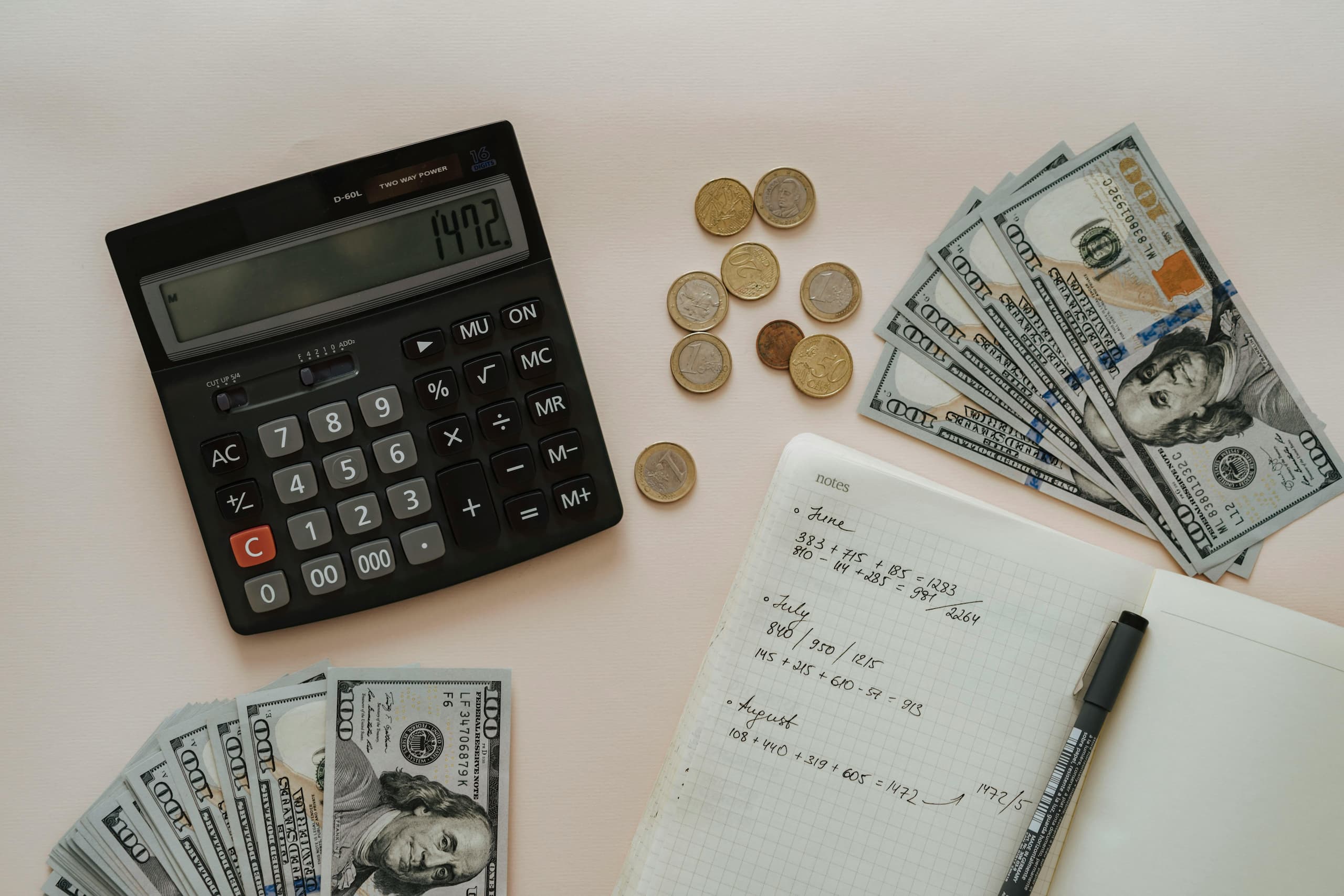Imagine your car breaks down, you lose your job, or a surprise medical bill shows up. What happens next?
If you have an emergency fund, you don’t panic—you stay in control with your financial safety net.
In this guide, we’ll break down what an emergency fund is, why it’s crucial, how much you need, and how to build one even if you’re living paycheck to paycheck.
What Is an Emergency Fund?
An emergency fund is money set aside to cover unexpected expenses or financial emergencies, such as:
- Job loss
- Medical emergencies
- Car repairs
- Urgent travel or home repairs
It’s not for vacations, new clothes, or takeout. Think of it as financial armor—your first line of defense when life goes sideways.
Why You Need One
Without an emergency fund, most people rely on:
- Credit cards (high interest!)
- Personal loans
- Borrowing from family
- Cashing out retirement savings (big mistake)
Even $500 to $1,000 can prevent a bad day from becoming a financial disaster. Take action today, build your financial safety net, and your future self will thank you.
How Much Should You Save?
It depends on your situation. Use this guide:
| Situation | Emergency Fund Goal |
|---|---|
| Just starting out | $500–$1,000 starter fund |
| Steady income | 3 months of living expenses |
| Self-employed/freelancer | 6–12 months of expenses |
🧠 Example: If your monthly expenses are $2,500, aim for $7,500–$15,000 over time.
Where to Keep Your Emergency Fund to Ensure Financial Safety
✅ Keep it accessible, but not too accessible. You don’t want to make it too easy to accidentally use these funds. Remember, this money is for true emergencies.
Here’s where to stash it:
- High-yield savings account (best option)
- Money market account
- Separate bank from your daily checking (to reduce temptation)
💡 I recommend SoFi or Ally Bank, both offering competitive savings rates.
How to Build an Emergency Fund (Step-by-Step)
Step 1: Set a Realistic Goal
Start small—$500 or $1,000 is a great win. Don’t get overwhelmed by the long-term goal just yet. Start small but think big! You’ll be surprised how quickly you get there.
Step 2: Create a Budget
If you don’t have a budget, start there.
👉 Read: Budgeting Basics – How to Take Control of Your Money
Look for areas to cut or reduce so you can funnel money into your emergency fund. You can, and should, review and adjust your budget to reflect your most recent financial situation.
Step 3: Make Saving Automatic
Treat savings like a bill. When you start paying yourself first, like paying a bill, you will start to guarantee your financial safety. It’s all about adopting this mindset.
Set up automatic transfers from checking to savings, weekly or monthly.
Even $25/week = $1,300/year.
Step 4: Use Windfalls Wisely
Tax refund? Bonus? Side hustle income? Put at least a portion toward your emergency fund.
💬 Pro tip: Try the 50/30/20 rule—put 20% of windfalls directly into savings.
Step 5: Keep It Separate
Keep your emergency fund in a separate account—preferably one without a debit card. Out of sight, out of mind = less temptation.
What Counts as an Emergency?
✔️ True emergencies:
- ER visits
- Major car repair
- Job loss
- Last-minute travel for family crisis
❌ Not emergencies:
- Concert tickets
- Holiday gifts
- Sales or “limited time deals”
Be honest with yourself—this fund is for needs, not wants.
Final Thoughts: Start Small, Stay Consistent
Building an emergency fund won’t happen overnight. But every dollar you save adds up—and builds your confidence and resilience. You can achieve this with financial safety.
📣 “Saving for emergencies isn’t about fear. It’s about freedom.”
Recommended Tools:
- 🏦 SoFi Savings Account – Earn more while saving
- 💡 YNAB – Budget to grow your emergency fund
- 💳 Credit Karma – Stay on top of your financial health

Leave a Reply